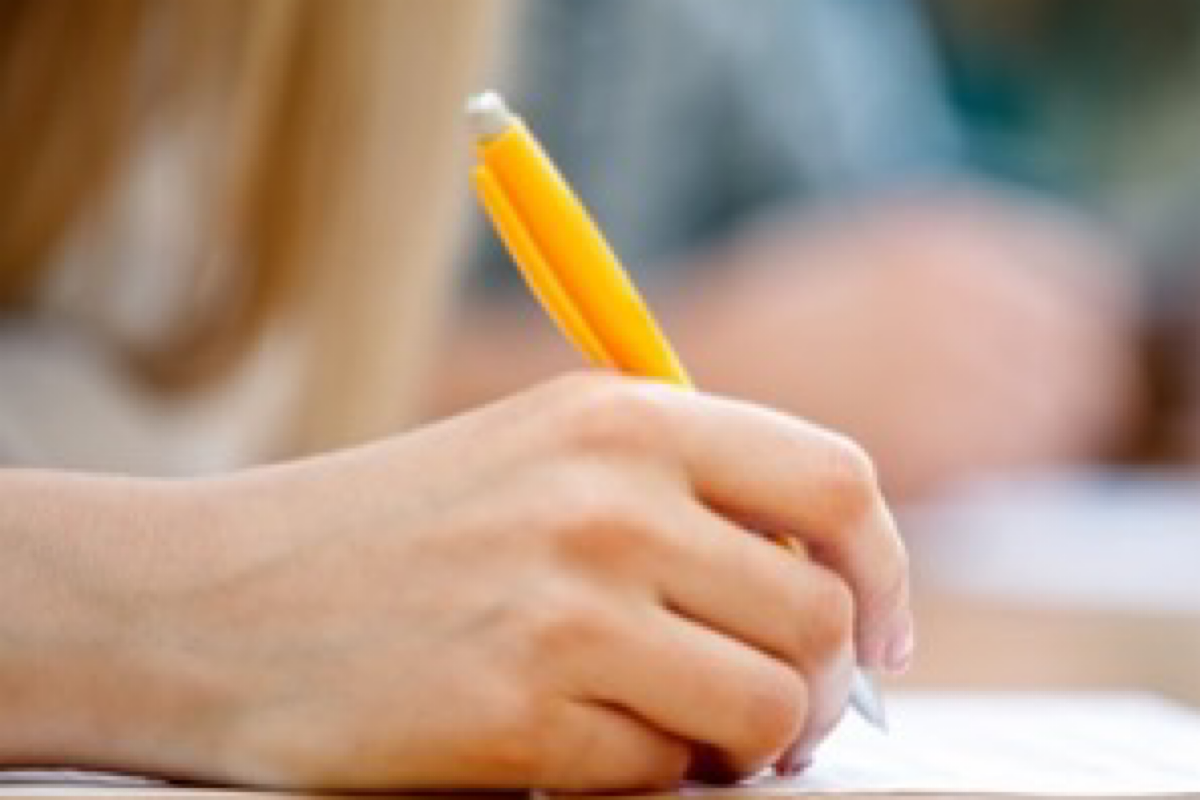Want to boost brain connectivity? Then write by hand instead of typing on a keyboard, suggests a study.
Using a keyboard is recommended because it’s often faster than writing by hand. However, the latter has been found to improve spelling accuracy and memory recall.
Advertisement
To find out if the process of forming letters by hand resulted in greater brain connectivity, researchers in Norway now investigated the underlying neural networks involved in both modes of writing.
Advertisement
“We show that when writing by hand, brain connectivity patterns are far more elaborate than when typewriting on a keyboard,” said Prof Audrey van der Meer, a brain researcher at the Norwegian University of Science and Technology.
“Such widespread brain connectivity is known to be crucial for memory formation and for encoding new information and, therefore, is beneficial for learning,” van der Meer said.
In the study, published in the journal Frontiers in Psychology, the team collected EEG data from 36 university students who were repeatedly prompted to either write or type a word that appeared on a screen.
When writing, they used a digital pen to write in cursive directly on a touchscreen. When typing they used a single finger to press keys on a keyboard.
High-density EEGs, which measure electrical activity in the brain using 256 small sensors sewn in a net and placed over the head, were recorded for five seconds for every prompt.
Connectivity of different brain regions increased when participants wrote by hand, but not when they typed, showed the results, published in the journal Frontiers in Psychology.
Since it is the movement of the fingers carried out when forming letters that promotes brain connectivity, writing in print is also expected to have similar benefits for learning as cursive writing.
On the contrary, the simple movement of hitting a key with the same finger repeatedly is less stimulating for the brain.
“This also explains why children who have learned to write and read on a tablet, can have difficulty differentiating between letters that are mirror images of each other, such as ‘b’ and ‘d.’ They literally haven’t felt with their bodies what it feels like to produce those letters,” van der Meer said.
Advertisement
















